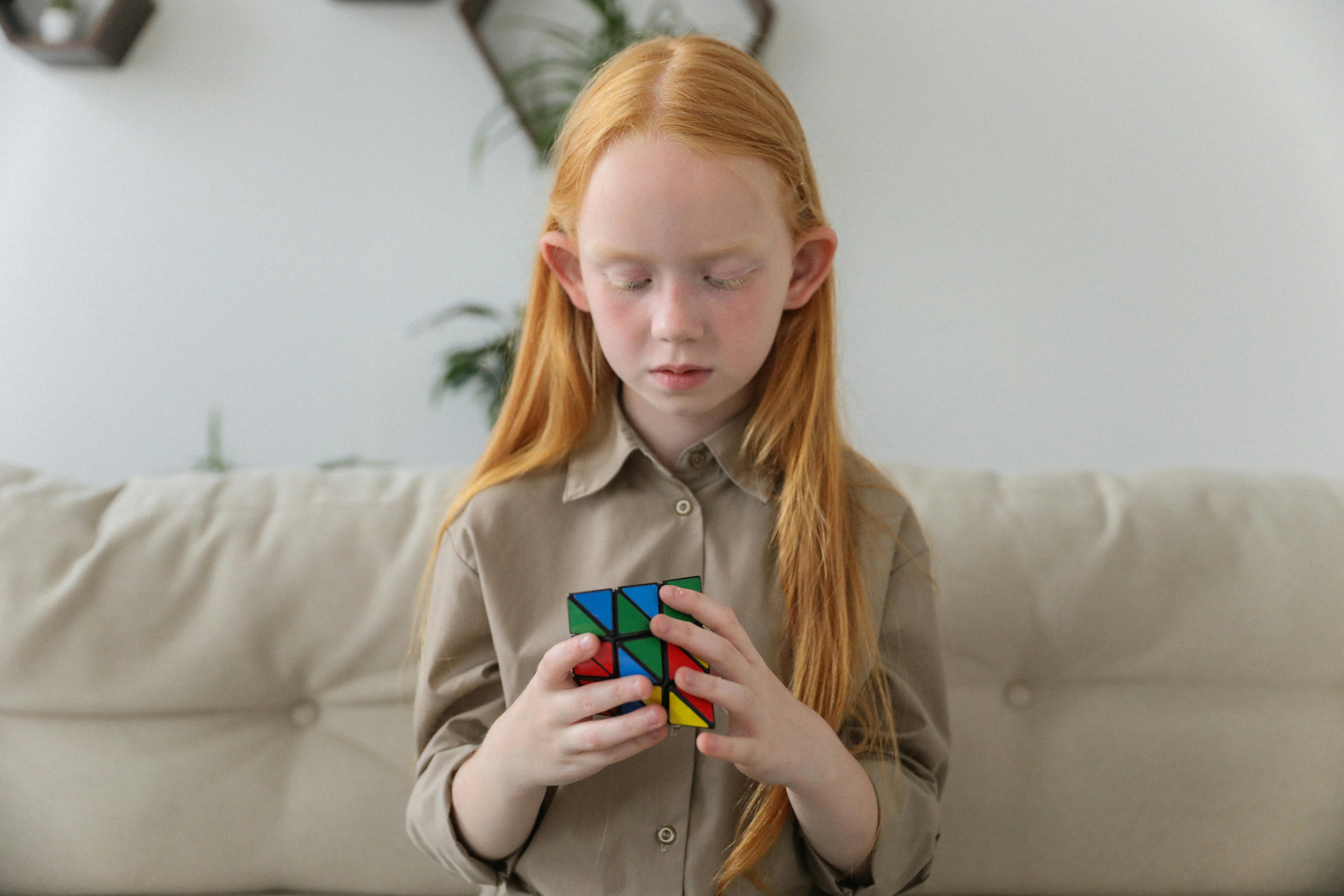Goju Karate: China’s “Martial Art Gateway” to Japan

Goju ryu karate is an Okinawan style of karate that combines hard and soft Chinese martial arts styles, in fact, in the Japanese language “Go” means hard; “ju” means soft and when put together it literally means hard-soft karate. The style uses a series of hard strikes with the hands and feet, but also has softer techniques such as locks, joint locks, grappling, and throws and takedowns like those found in judo. Like other styles of karate, correct breathing is emphasized along with strengthening and conditioning of the body. Goju-ryu uses circular and linear movements and has many different kata. While the kata are not useful in a real street fight, they do allow the instructor to convey techniques and concepts, as well as provide a tool to assess the student’s progress.
Okinawa’s history has periods of Chinese and Japanese repression. During these conventional periods weapons were prohibited. Like any repressed culture, the native Okinawans still found a way to defend themselves and that would lead them to the creation of their own martial arts system that used empty-handed fighting techniques and agricultural tools as weapons. Many martial arts weapons that people know today were traditional farming tools first and are still a part of karate training today. The people of Okinawa and the other islands in the chain that lay between Japan and China did not invent the earliest forms of Karate. all on your own though.
Early Okinawan martial artists had many Chinese influences from sailors and merchants who visited the island, which was part of a lucrative trade route. Wealthy noblemen from the islands would also make the journey to mainland China to train with the legendary Shaolin monks. Like today, the monastery will teach anyone of good character who is willing to learn and follow the rules. These martial arts were kept hidden from the Japanese lords, but eventually the secret came out and the style would come to mainland Japan. In the beginning, traditional karate was about self-defense, there was no sport.
Goju karate was developed by Kanryo Higaonna, who grew up on the island of Okinawa. As a teenager, Higaonna trained under an Okinawan teacher named Arakaki Seisho. Arakaki taught several famous martial artists hand-to-hand combat and weapons training. Arakaki Seisho’s techniques and teaching methods appear in many styles. Higaonna would also travel to China and study many different Chinese martial arts such as Kempo, Wushu, and traditional Kung Fu. When he returned to his home in Okinawa, he worked in the family business selling firewood during the day and taught karate at night. He would build a devoted following of students. It would be only through the efforts of his students that Higaonna would receive the credit he deserves for not only developing the martial art, but also helping to bring it to mainland Japan.
Karate as we know it today is the result of thousands of years of refinement and has been influenced by various cultures with their own distinct ideas when it comes to self-defense and combat sports. These different points of view have led to the development of different styles with different objectives, but at heart they have the same values. However, all styles include punches, kicks, knee and elbow strikes, and open hand techniques. The only problem is when instructors mix competition techniques with traditional Karate, which could get someone killed when it comes to self defense. Old-style karate training was brutal. This was to reflect the purpose and intent of the style. Today the highly watered down version of its former self is practiced.
Goju-ryu Karate emphasizes smooth circular blocking techniques with fast, strong counterattacks delivered in quick succession. The common misconception is that you are learning to wait for the attack. This is not the case, in a fight you cannot wait for someone to hit. The attack is never a punch or a single kick, but a barrage of kicks. Not looking for a fight and having a “self-defense” attitude should never be misconstrued as letting your attacker strike first. For the actual Goju-ryu street application, focus on continuous attacks.
We all need ethics to guide you through life. As a martial artist you must lead by example. You should never be a bully, but that doesn’t mean you can’t teach the realities of self-defense with your regular karate instruction. Karate instructors and martial artists in general need to teach more self defense. It is your real responsibility. Don’t just settle for sports karate, because when you’re in a life or death situation it’s not a game. Pure Karate has a “whatever works” attitude, but with increased attention given to tournament-style martial arts, this belief has diminished. It is up to you to recover real combat Karate, regardless of the style you practice.